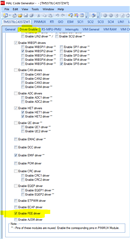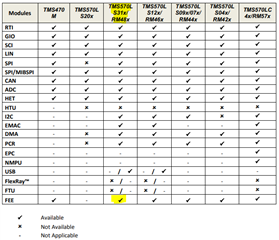Other Parts Discussed in Thread: HALCOGEN
Hi experts,
I have a question about EEPROM writing of TMS570LS3137.
I am writing data into the cleared area (all 0xF) every 16 bytes using the Flash API.
If the power is cut off during writing, is it possible that only a part of the 16 bytes is written and the rest remains 0xF?
My customer is creating an application that stores 16 bytes of data in EEPROM. When the application starts up, it judges that the 4 bytes of each stored data are unused if they are 0xFF, and used if they are not, in order to determine the next write position. However, there is a case where it does not seem to be working properly, and I would appreciate it if you could share information about this phenomenon.
Best regards,
O.H



